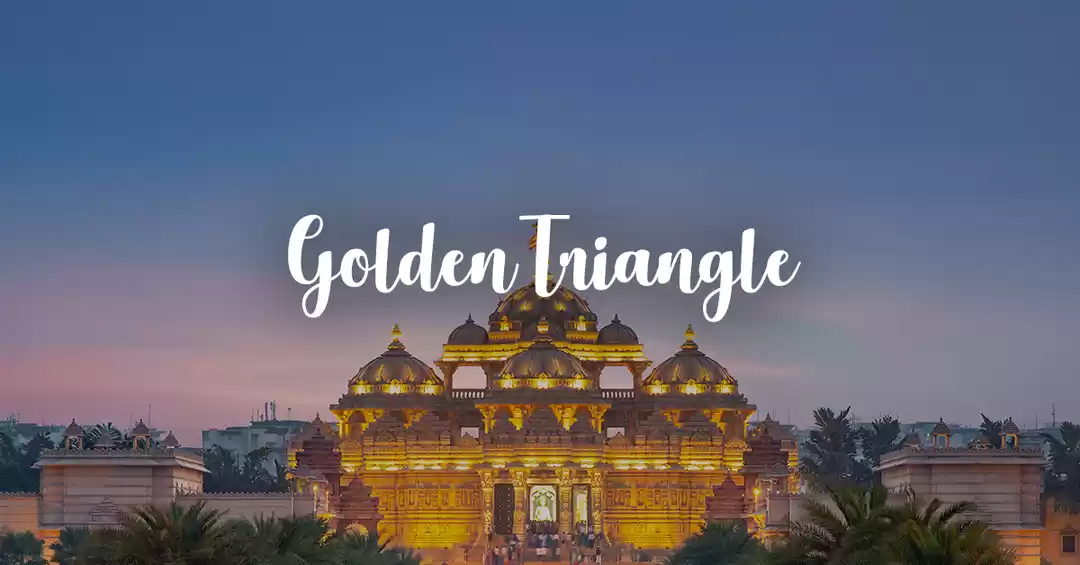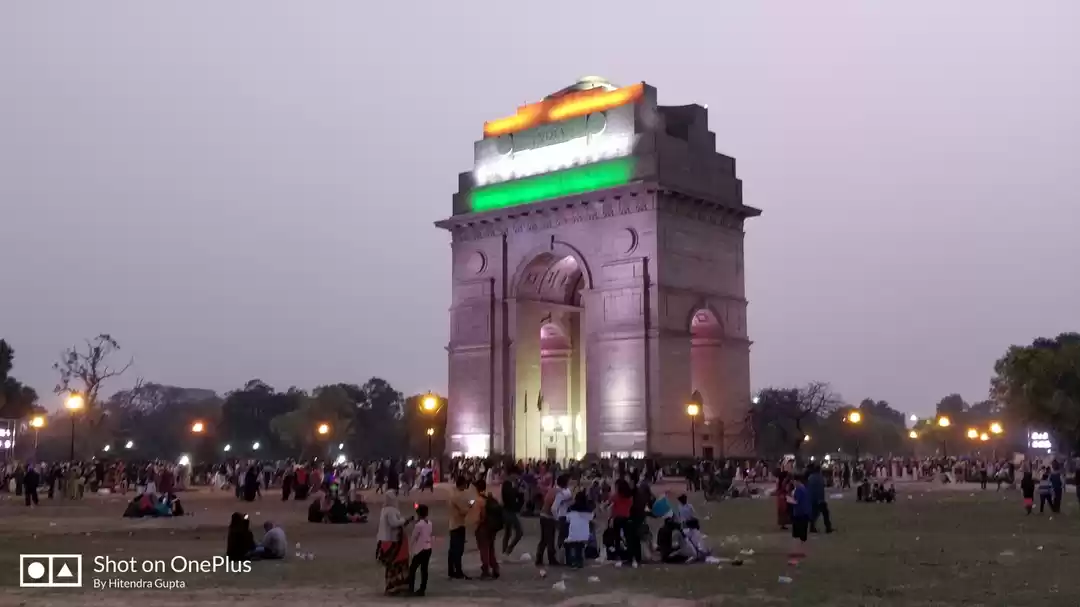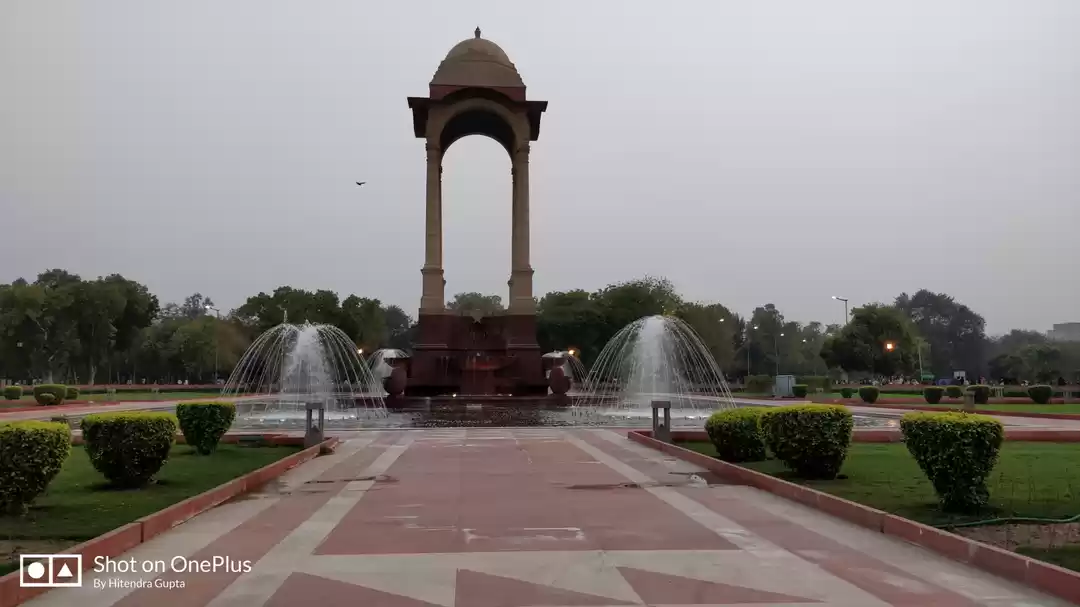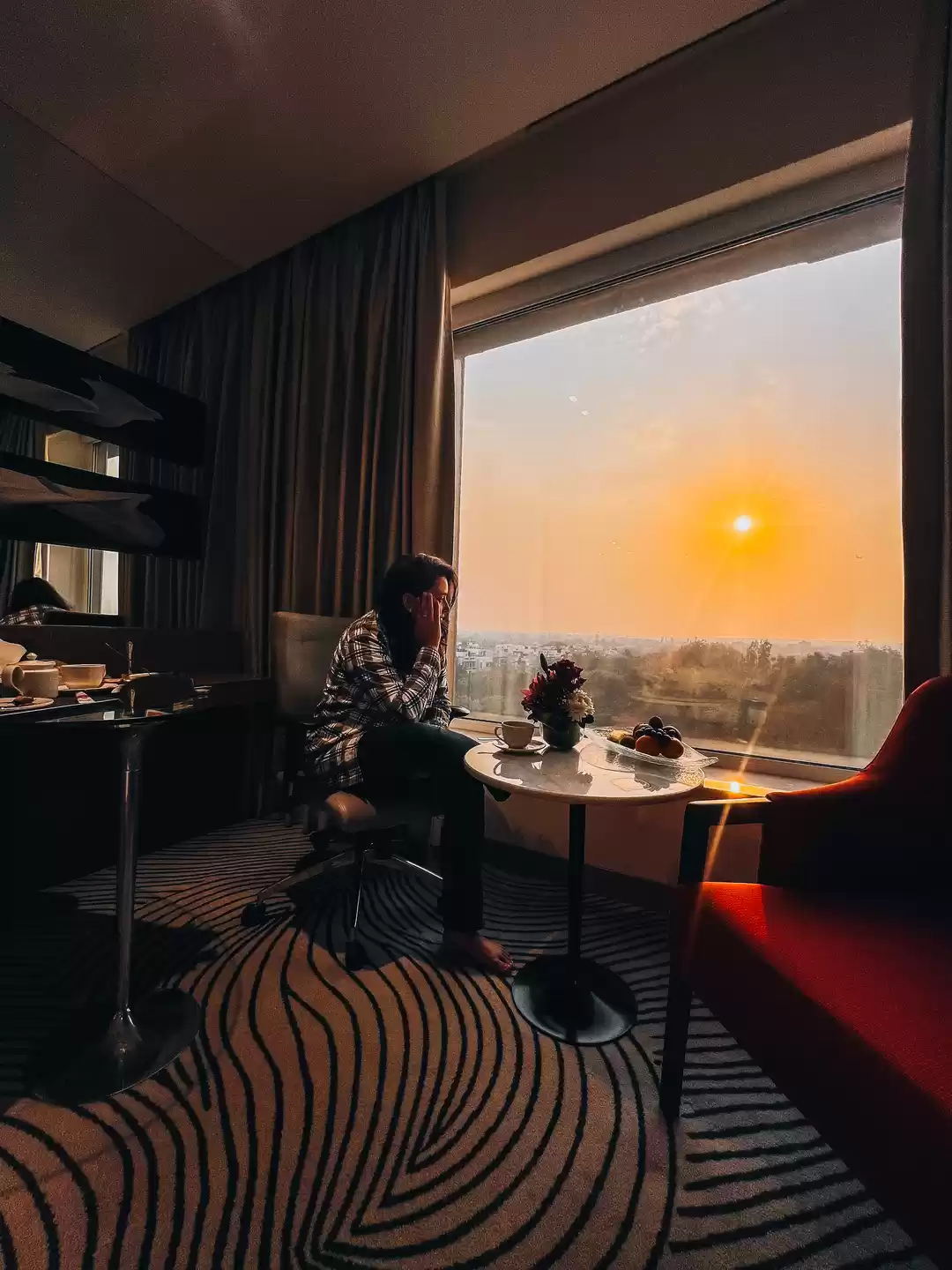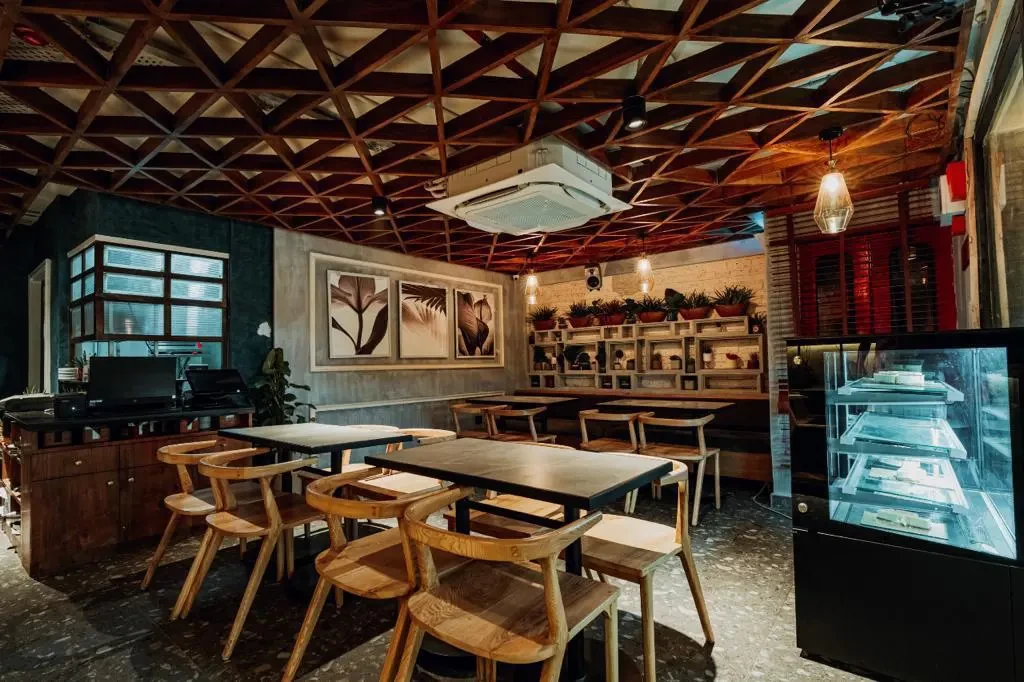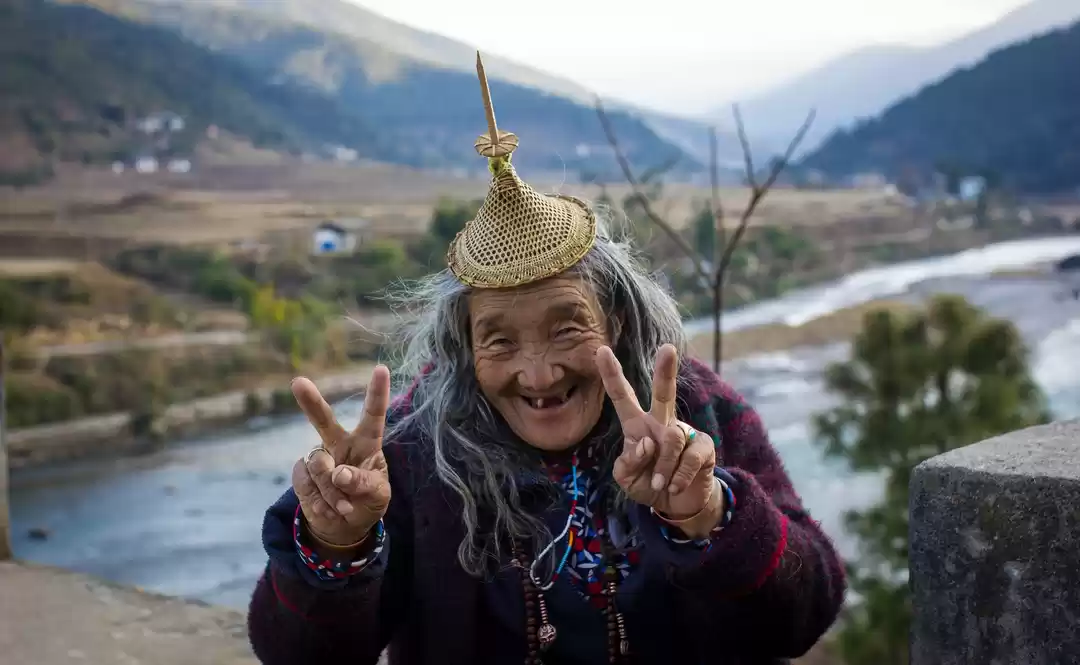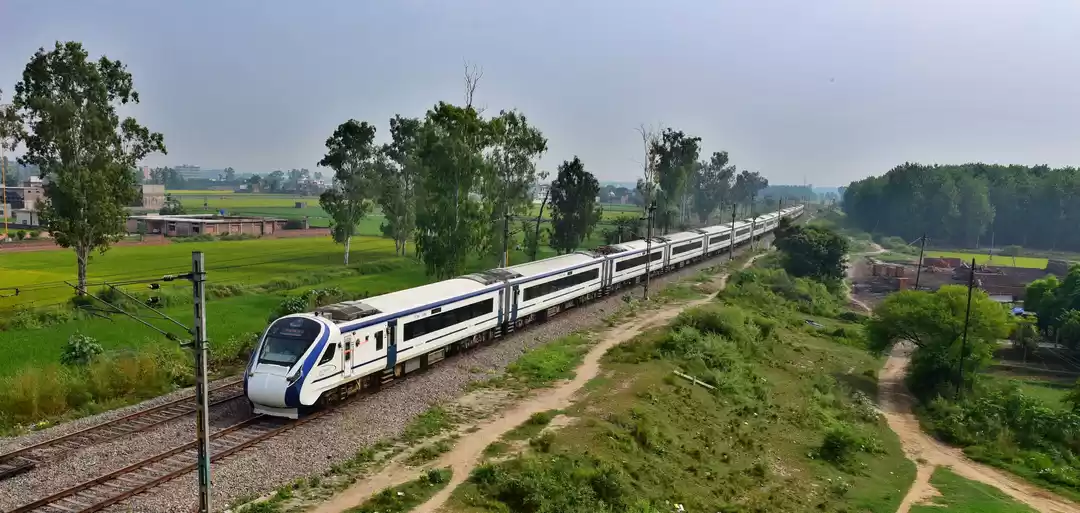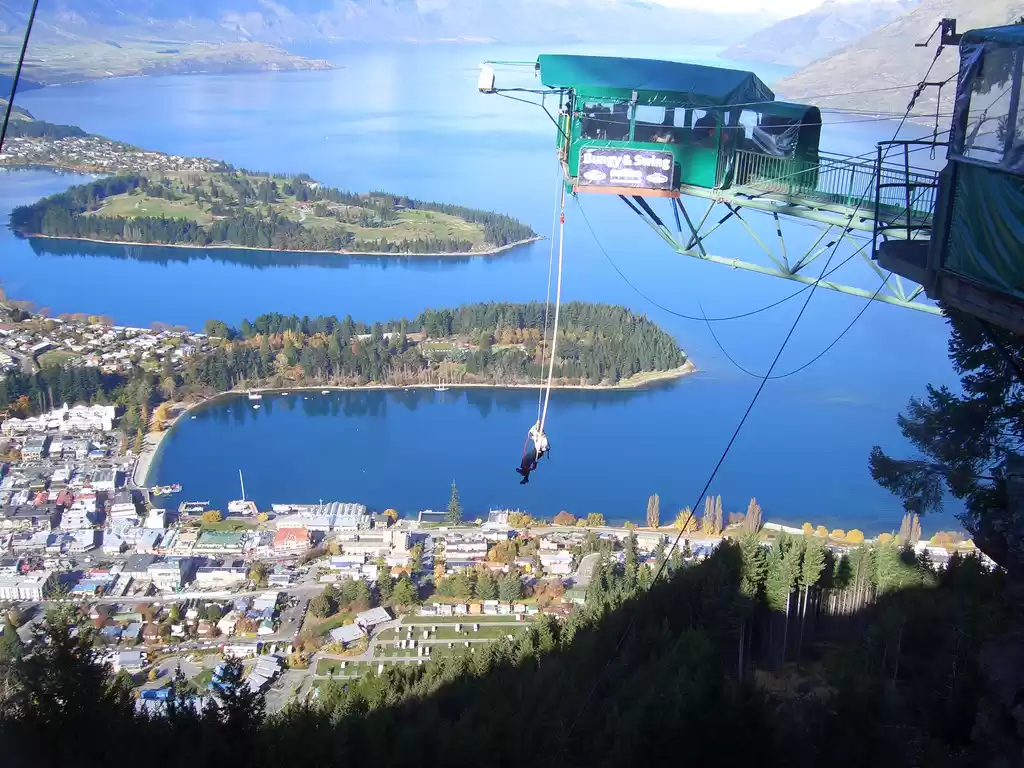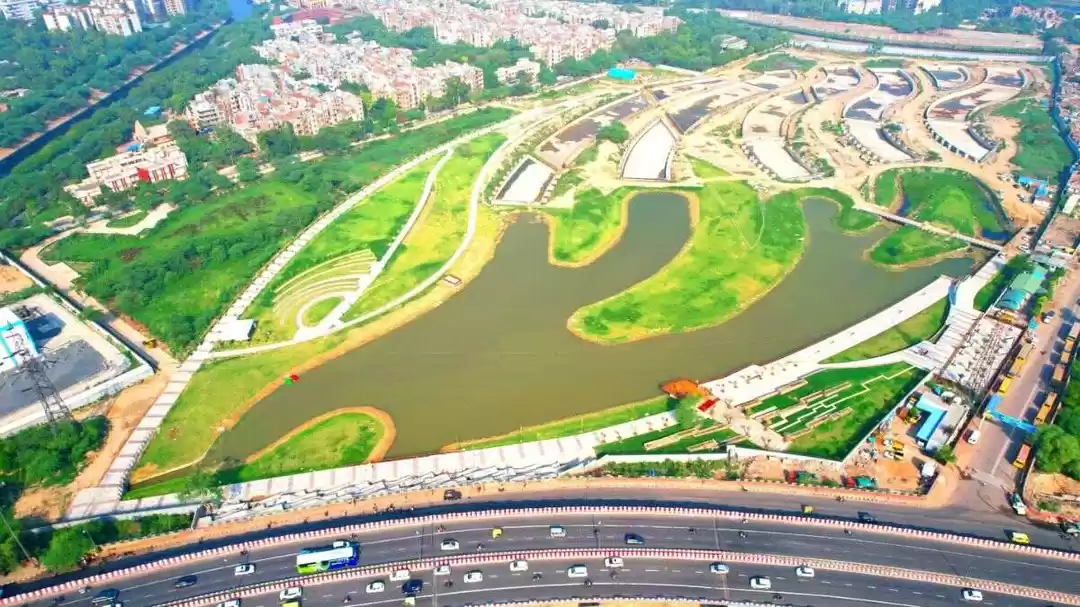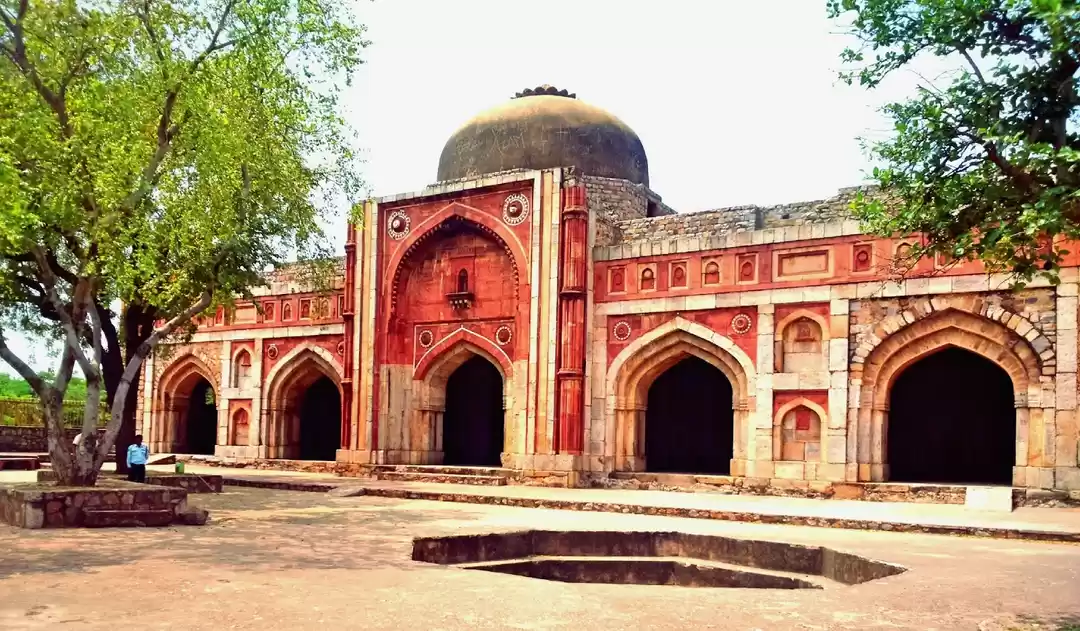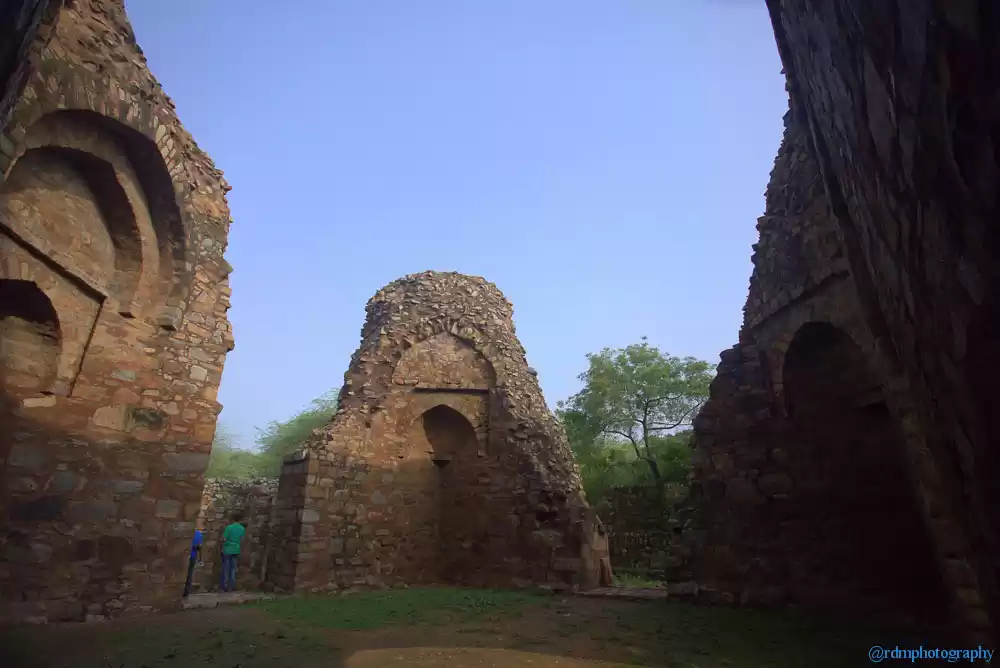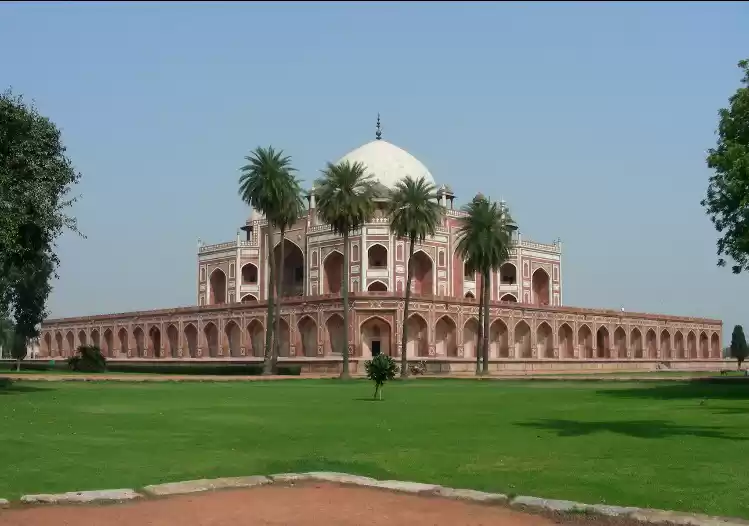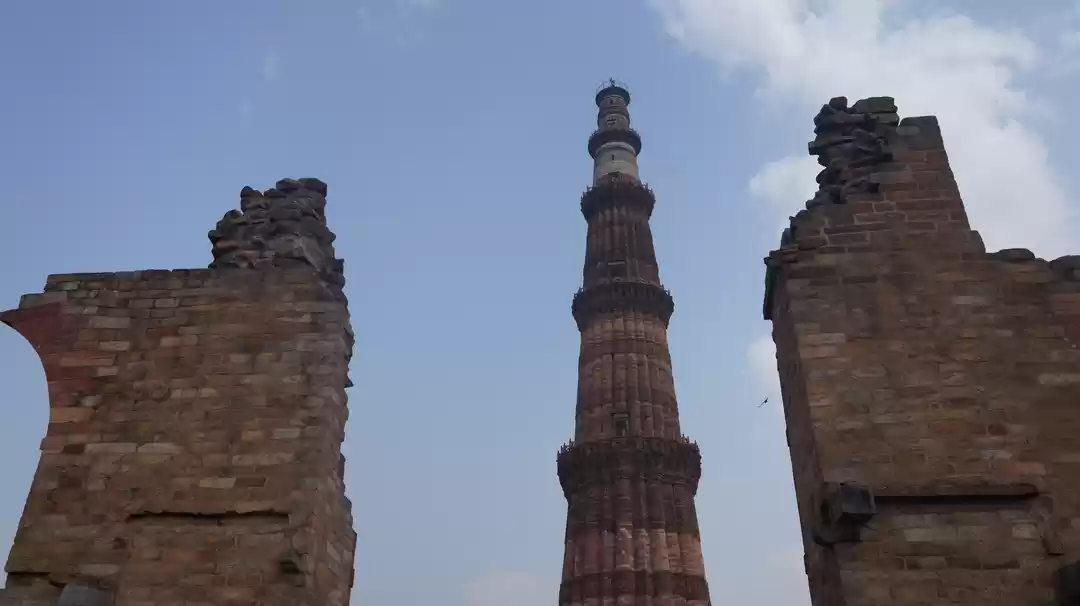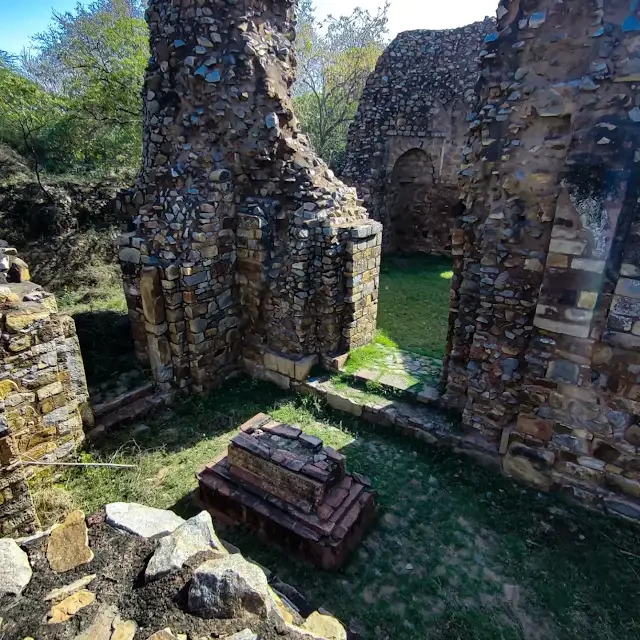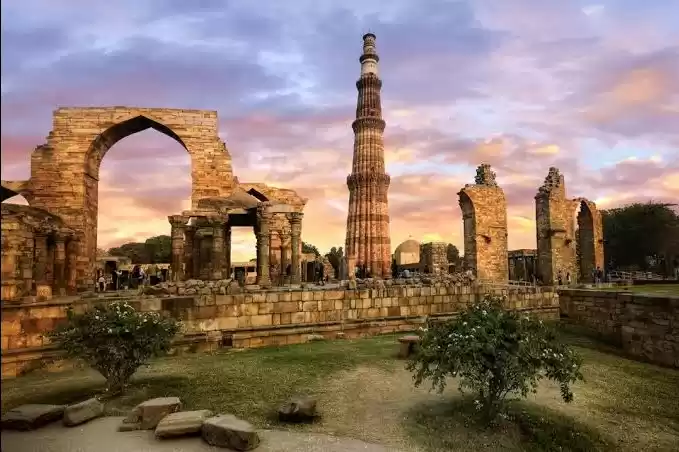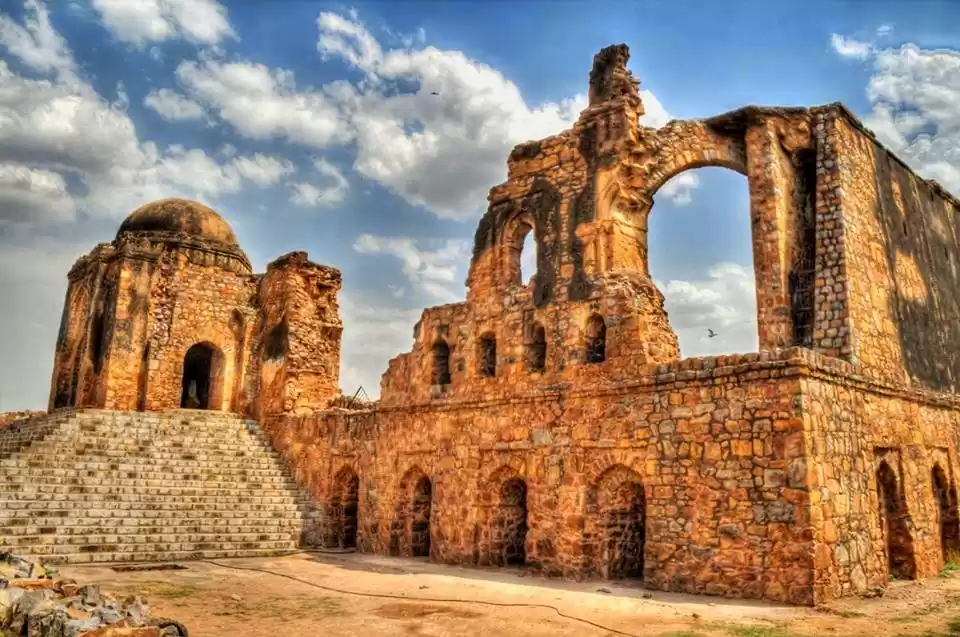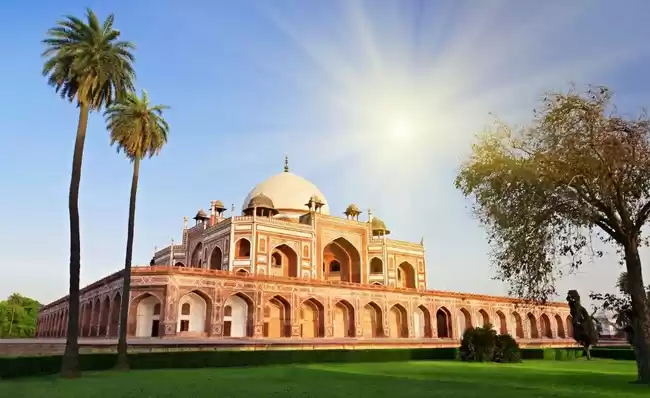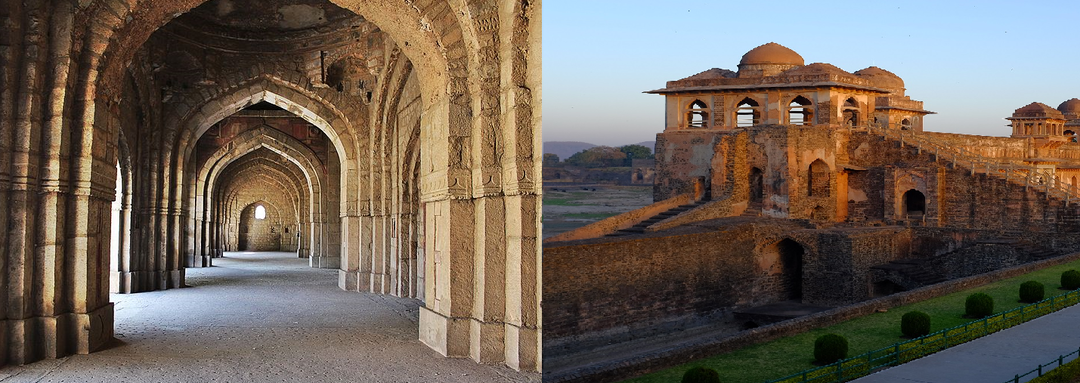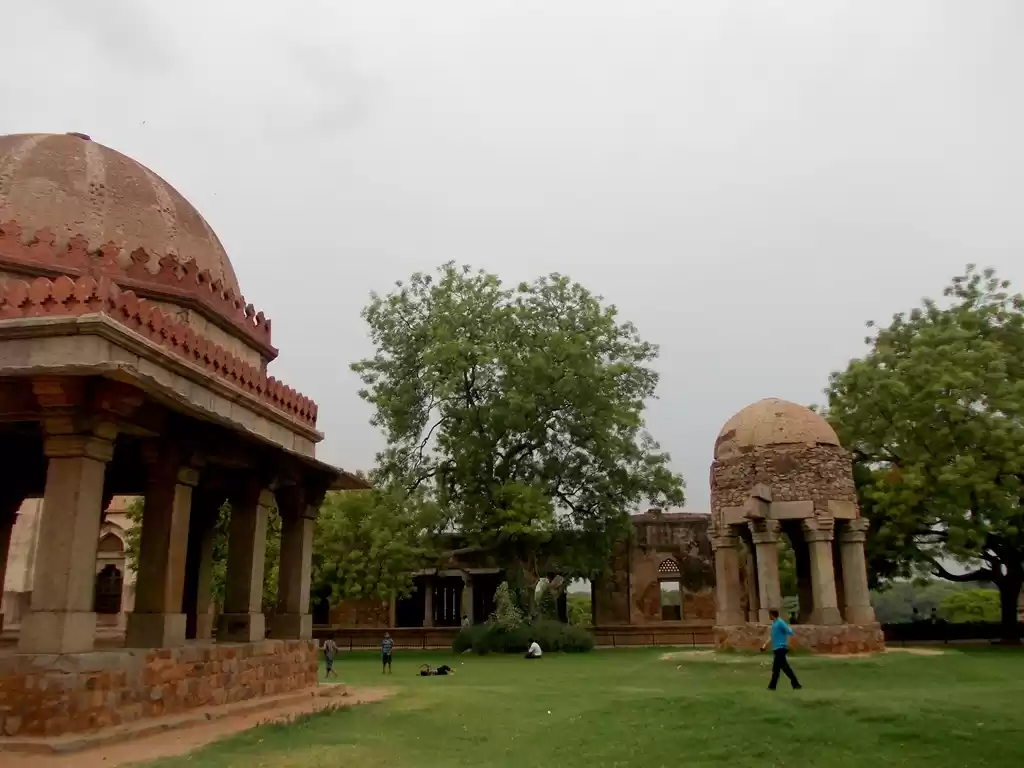The capital city of India, Delhi has a rich trail of history behind; it is home to plenty of structures that are pretty old. Apart from different cultures, languages and traditions, there is a rich heritage of the city. Be it a popular historical monument or the age-old ruins, from artistic to architectural, from religious to haunted, there are many hidden gems in Delhi which are not known to many. Beyond the Red Fort, Qutub Minar and Lotus temple, there are many monuments which are less known. Every place has a different story to tell, may it be of the architectural magnificence or the history. Make your plans this weekend and take your kids along for a lesson in history.
This hidden monument is located in the archaeological village complex in Mehrauli, the Jamali Kamali mosque and tombs are adjacent to each other. This place takes its name from two friends with the rhyming names Jamali and Kamali. Jamali originates from the Urdu word Jamal which means beauty. While Jamali was greatly regarded, Kamali was an unknown person but associated with Jamali, as a friend or follower. Their names are tagged along together as they are buried next to each other. Prayers are not taken place in the mosque as it is classified under the category of non-living heritage structures. The place is believed to be haunted as people have seen lights, animals growling and a feeling that there is someone standing right next to them. The monument is well maintained and an enclosed garden houses the mosque. Beautiful verses from the Quran are inscribed on the walls of the mosque. Visitors are free to visit the monument on all weekdays.
Where is it: Lado sarai, Mehrauli Archeological Park Trail, Christian Colony, Mehrauli, New Delhi, Delhi 110016
Nearest Metro station: Qutub Minar
This place is believed to have been built between the 14th and 15th centuries. It is located in South Delhi’s Green Park Colony. The monument has a small domed structure, with a low height and an area of just about 8 square meters. The dome has arched entrances on the east, north and south, while on the west is the mihrab, the semicircular niche indicating the direction of prayer in Islam. The structure is deemed to be a tomb, however, there are no historical records as to who is buried here thus adding a mystery to the structure and its significance. Benches are placed all around the place for people to sit back and relax or just soak in the sun. The place is not ticketed and you can visit any time of the week.
Where is it: K-40, Block K, Green Park, New Delhi, Delhi-110016
Nearest Metro station: Hauz Khas
Barakhamba monument is a 4th-century tomb building from the Lodhi Period. Barakhamba means twelve pillars in both Urdu and Hindi language. The tomb has got 12 pillars with 3 arched openings on each side. It is made of red stone; it has got four small domes atop surrounding the big dome. It is located in the Nizamuddin heritage area at the entrance road to the Nizamuddin Auliya and was restored recently. The twelve immaculate pillars, which give the place its name are attractive and look beautiful with an artistic symmetry.
Where is it: T-395/2D, Dildar Nagar, Lodhi Road, Nizamuddin West Slum, Nizamuddin West, Nizamuddin, New Delhi, Delhi- 110013
Nearest Metro station: Jor Bagh/Hazrat Nizamuddin
Sakri Gumti was built during the Lodi period during 15th -16th century. This structure literally means "narrow doomed building" which is appropriate given that the walls are pretty tall in proportion to their width. It is believed that there is no grave inside and it is not a tomb but might just be a gateway. This monument is listed in the heritage list of protected monuments and visible to passerby.
Where is it: L-2, Block L, Green Park, New Delhi, Delhi-110016
Nearest Metro station: Hauz Khas
This monument is located near the Aurobindo market and houses two tombs one larger than the other. The larger tomb, Dadi ka maqbara dates back to the Lodhi period while Poti ka maqbara is from the tughlaq period. A typical feature of Lodi period tombs, the tombs can see exquisitely engraved Quranic inscriptions in the form of medallions on the walls and ceiling. The poti ka maqbara had ornate designs which is now blackened and faded with time. It is not known as to who was buried here. The term dadi poti means (grandmother and granddaughter) used for two tombs placed side by side was perhaps coined because of the fact that one tomb is bigger than the other.
Where is it: Sri Aurobindo Marg, Block L, Green Park, New Delhi, Delhi- 110016
Nearest Metro station: Green Park
This monument is near Hindu Rao Hospital. This place has two stories attached to its history: first is that this 14th-century monument was constructed by Firoz Shah tughlaq and used as a hunting lodge and also as an astronomical observatory. Another claim to the monument origin is that this place is known as pir ghaib after a saint was disappeared from the place. There is a baoli which is now a little way away but was once attached and had a tunnel which connected it to Firoz Shah Kotla.
Where is it: Hindu Rao Hospital Complex, Civil Lines, Delhi-110007
Nearest Metro station: Civil lines
The magazine a fort like structure is made of lakhori bricks is the surviving gate which was used for storing arms and ammunition by the British. Located in the small park in the middle of too much traffic on the main Lothian road near Kashmere Gate, this low vaulted building is steeped in history. Today this site is within the Delhi University campus and has become a popular spot with students.
Where is it: 4th West, Priyadarshini Colony, Kashmere Gate, Delhi
Nearest Metro station: Kashmere Gate
Located on the congested Raja Dheer Sen Marg in the east of Kailash and quite close to the famous ISKCON temple, the Ashokan Rock Edict is protected by the Archaeological Survey of India. According to a plaque installed at the site, this minor rock edict of the great Mauryan emperor Ashoka (273-236 BC) was discovered in 1966 by the ASI. The edict categorized as a "Minor edict" written in Brahmi script was a first-person message of Ashoka, which exhorts people to follow the Buddhist way of life. It holds a special significance for the Buddhist tourists who visit the place throughout the year. Many Buddhist monks also visit this site when special prayer ceremonies are performed in winters.
Where is it: C 153, Hills Road, Kailash Hills, East of Kailash, New Delhi, Delhi- 110065
Nearest Metro station: Moolchand
Know any other place which should be on this list. Share your story here.Looking for interesting videos, check out Tripoto's Youtube Channel.
Frequent Searches Leading To This Page:-
A Delightful Day in Delhi Itinerary, sightseeing in delhi, one day trip of delhi monuments, Famous Historical Monuments, 9 Iconic Monuments In Delhi














